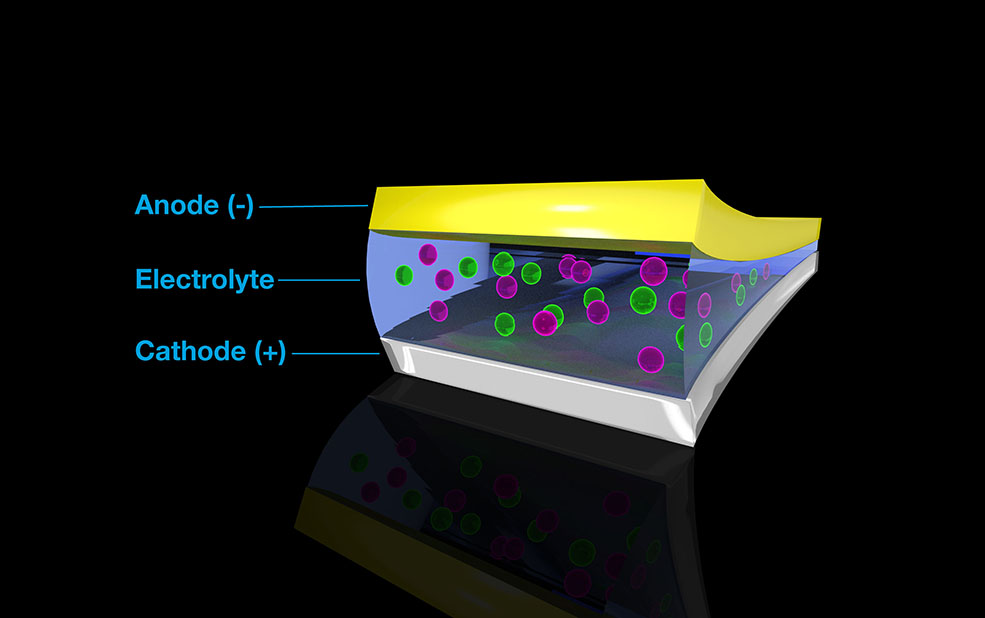
The Weak Side of the Proton
A precision measurement of the proton’s weak charge narrows the search for new physics.

A precision measurement of the proton’s weak charge narrows the search for new physics.

Physicists develop a universal mathematical description that suggests that proton-neutron pairs in a nucleus may explain why their associated quarks have lower average momenta than predicted.

With user facilities, researchers devise novel battery chemistries to help make fluoride batteries a reality.

Pressure in the middle of a proton is about 10 times higher than in a neutron star.

Storing extremely slow neutrons in a novel trap enables precise measurement of a basic property of particle physics.

Insights into how nature converts carbon dioxide into sugar could help scientists develop crops that produce fuels and other products.

Scientists observe and control molecular and atomic dynamics at the fastest timescales to date.

Scientists discovered how iron atoms continually re-arrange on surfaces, offering insights into metal corrosion and soil remediation.

Detailed 3D images show how nanoparticles change in reactions that purify contaminated water or power recyclable geochemical batteries.

Researchers offer insights into how a key piece of photosynthetic machinery changed over 3 billion years.

Controlled pulses of chemicals over a wide pressure range can link fundamental studies to practical performance, informing catalyst design.
Read more about Crossing the Great Divide Between Model Studies and Applied Reactors in Catalysis
Researchers demystify how the nitrogenase enzyme breaks bonds to learn a better way to make ammonia.